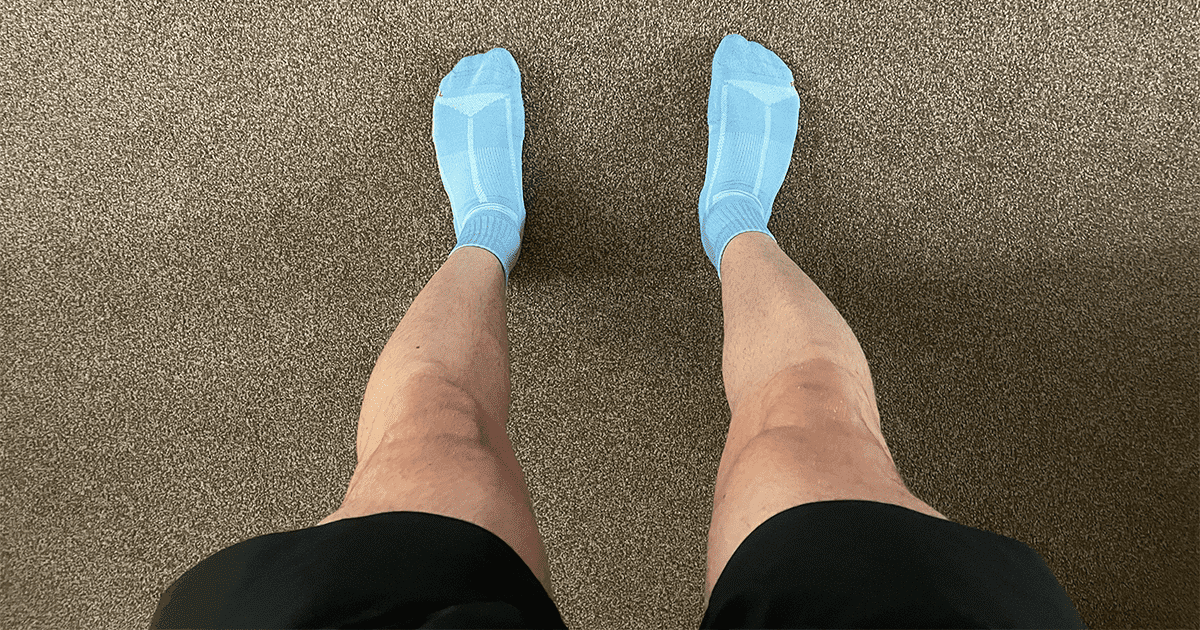8 tips to safely extend your long run
How to extend the long run to improve your fitness and make you a faster runner, all while avoiding injury.

The long-run should be a staple in every runner’s training program. Is there really anything better than pounding the pavement for a nice long run on a Sunday afternoon? I didn’t think so.
As I’m sure you already know, the long-run yields many, many benefits for runners both physiologically and even psychologically.
For example, logging those long and slow miles builds up our mitochondria while also teaching our body to use fat as fuel more efficiently. In terms of psychological benefits, we can particularly relate in some instances to running further than in a race to instil confidence, while also building mental strength by running for sometimes hours at a single time.
Other benefits include:
- Increased glycogen storage
- Increased aerobic capacity
- Strengthens out muscles
- Allows our regular runs to feel much shorter and easier
Related: Everything you need to know about the long run.
Now that we’ve discussed some of the many benefits to including a weekly long run into your training, you’re probably wondering how to extend your long run duration and or distance safely.
As with all other types of run and or running workout, it’s important to gradually build up your long run over time. Likewise, if it’s your first ever attempt at running far, try not to get disheartened if you can’t run for as long as you thought you’d be able to – this will come with time.
The remainder of this article will provide eight tips to help you safely extend your long run, allowing you to become a much faster and more efficient runner.
1. Slow it down

While we know it may sound counterproductive, slowing down your long run will actually allow you to save valuable energy towards the latter end of your run. This energy, which usually would be expended much earlier in your run, will now be available to crank out a few extra miles.
While that may be great, how fast should I be running? When deciding your pace, you should look to run up to 90 seconds per mile slower than your 10k pace.
Related: What to eat the night before a long run.
2. Be consistent
As with all forms of training, consistency, more often than not, beats intensity and an irregular training schedule. If you can incorporate a weekly long run into your schedule (for example, every Sunday) compared to once or twice a month, then you’ll see much more progress much quicker.
However, it is important to take a break once in a while to prevent overtraining. One way of doing this is every 4-5 weeks decrease your long run duration and leave ‘some gas in the tank,’ so to say.
3. Don’t be afraid to walk

This one is for the beginners. If you’re struggling to extend your long run, why not add in a few walk breaks once it gets tough? This way, instead of calling it quits at mile 7 or 9, you can have a quick break (without fully stopping) while maybe reaching mile 10 or 11.
However, over time, begin to shorten and then remove these walk breaks to improve endurance. You’ll be surprised how quickly you’ll make progress – just make sure not to overtrain.
4. Pace yourself
If you’re not pacing yourself correctly, or pacing yourself at all, then chances are you’re either setting off to fast or getting too carried away mid-run, hence not being able to run as far you’d like. If this is the case, we recommend using an app such as Strava or investing in a GPS running watch to track metrics such as distance covered and pace per mile.
Related: Cheap running watches: 8 of the best available in 2019.
These are super useful and allow you to monitor your speed/pace throughout your run. We recommend keeping it as consistent as possible, maybe even including a negative split towards the end of your run if you’ve got some gas left in the tank.
5. Warmup properly before your run

You’ve probably heard this over and over by now, however, the importance of a warmup before running is paramount. A proper warmup before your long run will not only reduce your risk of injury, but it will also prevent side stitches, increase your body temperature, and even help against tight muscles – especially useful for those last few miles!
6. Run with a friend
If you usually tackle your weekly long run alone, why not give it a go with a friend? This will provide a nice distraction from running, give you a well-deserved natter, and also help you push each other once the going gets tough.
If possible, we suggest running with a friend of a similar ability. This will ensure you’re not pushing too hard, while still creating a challenge – helping you void off injury.
If you haven’t got a friend that runs, we recommend checking out our article on 9 tips to help a friend start running.
7. Stretch

Any pace or distance is better than none. Don’t leave it to chance. Be sure to perform some static stretches directly after your run such as the quadricep stretch, calf stretch, and the hamstring stretch.
Likewise, you should also look to include foam rolling into your stretching routine. This will help reduce muscle tightness while kick-starting your recovery.
Related: A beginners guide to foam rolling
8. Be patient and don’t rush it
Finally, our last piece of advice is to be patient and don’t rush into it. As long as you remain consistent and include other aspects of your training, such as tempo runs, easy runs, and strength training, you should definitely begin to see results soon.
However, remember that progress is individual and different for each and every runner. Rushing into it and increasing your distance too soon will only increase the likelihood of becoming injured.
The bottom line
The long run should be a staple in every runner’s heart and training program. The question we all ask at some point or another is how to extend the distance and or duration of the long run. Take some pointers from this article, remember to stay consistent, warmup, and be patient – your results will come soon!

Matthew is a lifelong runner, chief tester of all products, the founder of Running101, and freelance content writer for active brands. When he’s not writing, he enjoys lifting weights, cycling in the Lake District, and watching fast cars drive in circles on a Sunday. He also has a BA in sport, exercise and physical activity from the University of Durham.




